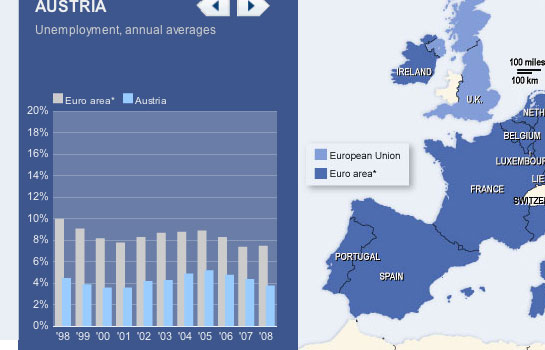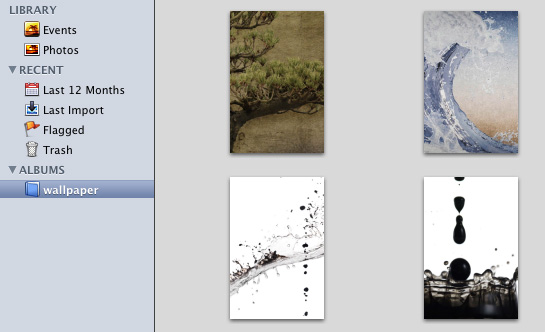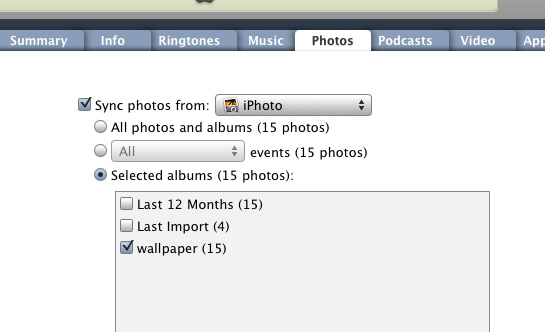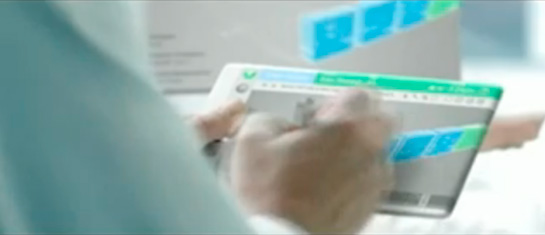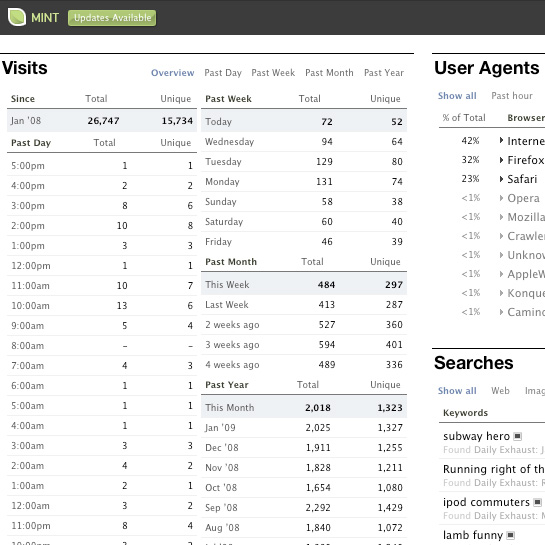Conferences in the Digital Age
In order to be truly worthwhile, organizers have thoroughly plan out how they want people to experience their trade conferences. The delivery of content must align with agenda and objectives of the conference.
Case in point – the Wall Stree Journal’s D – All Things Digital Conference (aka D7).
Over at PBS, Mark Glaser has an insightful article on the D7 conference, highlighting what they got right, what they got wrong, and what they’re still working to improve.
Glaser explains that in the conference program, there was a section titled “Welcome to Web 3.0.”
First off – the whole Web 2.0/3.0/20.0 shit is tired. Tired.
“Web 3.0” about as relevant to the individual contributors/technologies/companies it claims to encompass as the term “Beat Generation” was it it’s contributors. Jack Kerouac, Allen Ginsberg, and WIlliam S. Burroughs are about as different in literary style and objectives as you can get.
The same can be said for 37Signals, Google and Flickr. Yes, they are all from the same ‘generation’ but that’s where the similarities end.
The other important point Glaser brings up is how D7 used (and didn’t use) technology as a vehicle for increasing and improving overall communication and thus, the overall experience and learning.
Glaser writes:
Another problem at D was the uncertain contract between conference organizers and the press and bloggers covering the event. I was told in advance by Swisher that I would not be allowed to do live-blogging in transcript form. Usually, I attend conferences and try to provide a running commentary on what people on stage are saying, largely paraphrasing what they say. It seemed like the D folks were against that idea, and they also didn’t provide WiFi Internet access in the main hall.
I first started thinking about this point after my colleague Victor wrote a post last September on his experience at The Minitek Music and Innovation Festival. Victor was disappointed that there were tons of great technological mashups and combinations available to enhance the experience of the Festival, but they weren’t exploited to their fullest.
Victor laments:
Finding a beautiful evening space (Penn Plaza) and distributing RFID bracelets wired to the concession booths was a great place to start. There was other RFID technology present in the Innovation exhibits, but sadly they weren’t configured on a unified system. This represents the single biggest missed opportunity, a central theme I’ll return to again and again, which was that there was no unifying system/platform to integrate all of the disparate moving parts. And in the wake of that lack of unification, the crowd was neither engaged nor challenged to become part of a shared experience in any meaningful way.
When we get the impulse to hold recurring industry events and create new ones, we really need to think things through and make sure that we crafting experiences that are communicating the messages in the right mediums.
Yes, many of us need to go back 40 years or so and give McCluhan another read.

